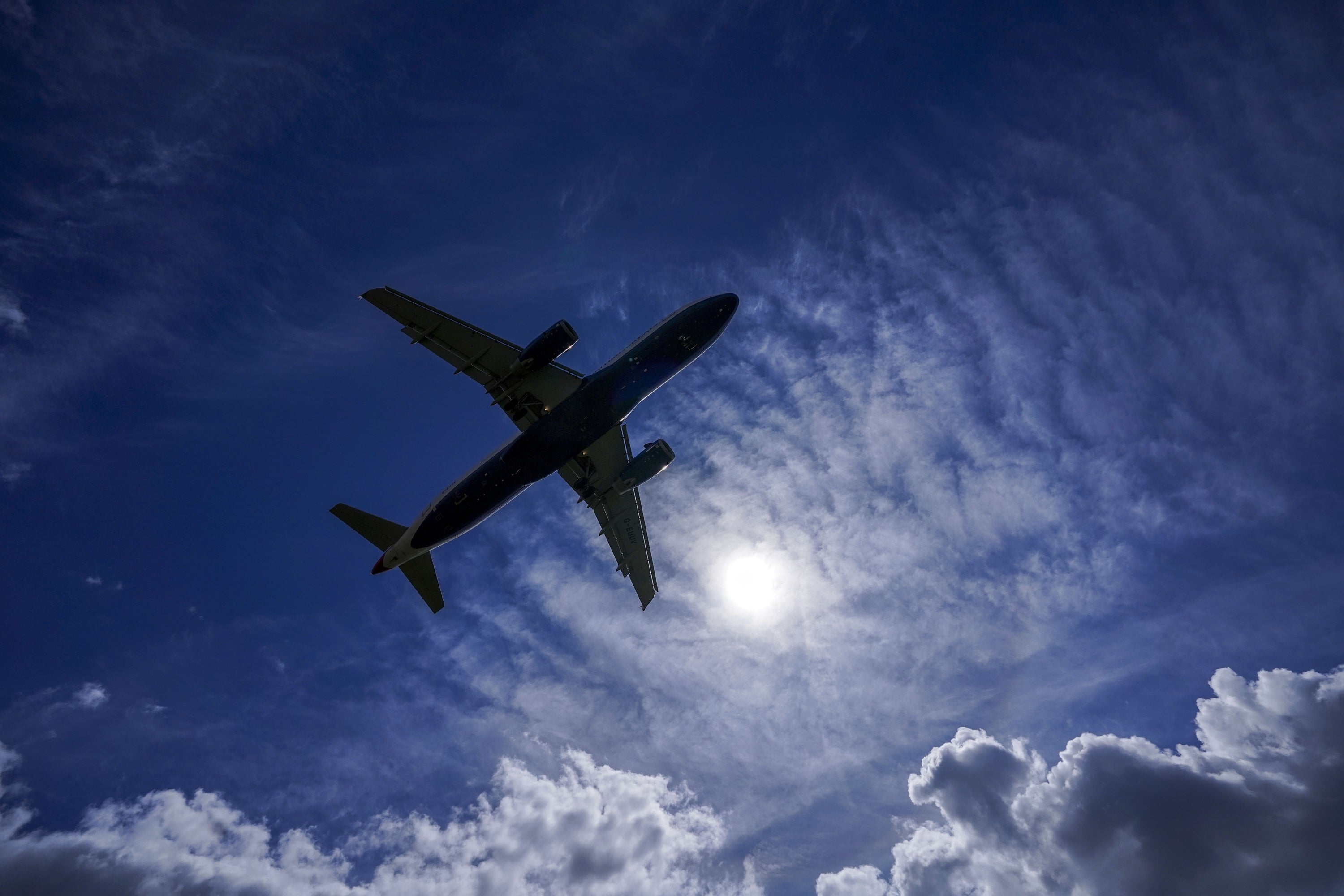Households spend £109 less per week during lockdown
Lockdowns forced people to slash spending on travel and eating out.

Your support helps us to tell the story
From reproductive rights to climate change to Big Tech, The Independent is on the ground when the story is developing. Whether it's investigating the financials of Elon Musk's pro-Trump PAC or producing our latest documentary, 'The A Word', which shines a light on the American women fighting for reproductive rights, we know how important it is to parse out the facts from the messaging.
At such a critical moment in US history, we need reporters on the ground. Your donation allows us to keep sending journalists to speak to both sides of the story.
The Independent is trusted by Americans across the entire political spectrum. And unlike many other quality news outlets, we choose not to lock Americans out of our reporting and analysis with paywalls. We believe quality journalism should be available to everyone, paid for by those who can afford it.
Your support makes all the difference.People on higher incomes cut their spending by much more during the pandemic than those who made less money, new data show.
Households slashed spending by around £109.10 a week, or just under 19%, as they spent less on international travel and going to restaurants or pubs.
The lockdowns forced people to stay in their homes, and while spending on food and non-alcoholic drinks rose during the pandemic, there were major spending drops elsewhere.
Data from the Office for National Statistics (ONS) showed that those households on the lowest 20% of incomes spent 12.5% less.
For those in the top 40% of incomes, however, spending dropped by nearly 21%, saving the top 20% an average of £193.10 per week.
Lower income households were less likely to hold jobs that could be done from home during the pandemic.
This meant they were over-represented among those who were put on furlough, which meant their incomes dropped.
The furlough scheme guaranteed that staff would get up to 80% of their salaries covered by the Government Employers could top this up with extra pay if they chose.
The report found that 42% of the poorest fifth of households reported a drop in income, compared to 31% among the richest fifth.
Despite this, these were the households that did not cut costs to the same extent as a larger proportion of their incomes are spent on food and travel.
However, the ONS found that the proportion of people who reported that they struggled to make ends meet fell from 34% in the year to March 2020 to 28% in the year ending March 2021.
Before the pandemic, higher-income households tended to spend more on things that were put out of reach by lockdowns such as travel and eating out.
Spending on food and non-alcoholic drinks rose during the pandemic, from 15% to 18% of spending for lower-income households and from 8% to 12% for the richest fifth.